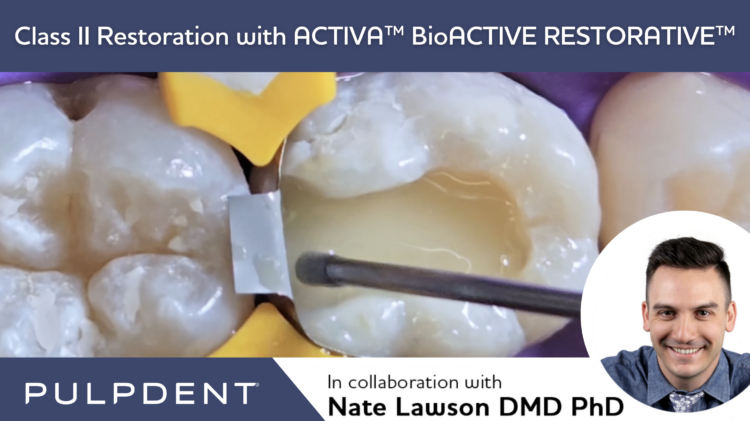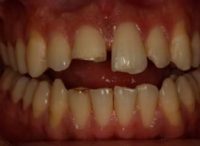By Dr. Susan McMahon
Older patients are at increased risk for root caries because of gingival recession that exposes root surfaces and increased use of medications that produce xerostomia. Age related visual impairment and decreased dexterity also can lead to higher caries rates and a decreased ability to adequately maintain good oral hygiene. This makes the margins of restorations particularly susceptible to recurrent decay. Choosing a cement that will not only retain the restoration but also help stimulate remineralization is extremely beneficial for these patients.
ACTIVA BioACTIVE-CEMENT helps stimulate apatite formation, supporting the natural remineralization process and helping seal the margin between the tooth and the restoration. ACTIVA helps to prevent microleakage, maintain the integrity of a sealed margin, and keep the restoration, tooth and surrounding tissues healthy. ACTIVA BioACTIVE-CEMENT is a combination of bioactive resin, rubberized resin and ionomer glass filler. It is dual cure, moisture tolerant, and indicated for all indirect restorations except veneers. ACTIVA is very easy to use, with no additional etching or adhesive steps, and clean-up is simple and quick.
This 93-year-old female patient had mobility in her upper central and lateral incisors. A four-unit splinted HT Zirconia restoration was indicated for functionality and to increase the likelihood of keeping these teeth for the duration of the patient’s life. Previous PFM crowns were removed and the central and lateral incisors were prepared for a four-unit splinted zirconia restoration.
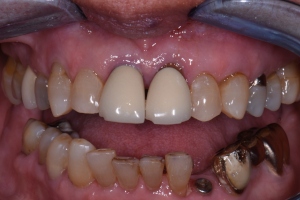
The patient had +1 mobility on the central and lateral incisors (Figure 1). After removal of the old crowns, the visible areas of demineralization on the central incisors and dark staining on the preps were noted (Figure 2). New splinted crowns would increase a favorable prognosis for these teeth.
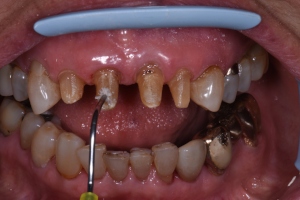
Because of the oral health challenges facing geriatric patients (gingival recession, xerostomia, and home care issues), the margins of this new restoration have an increased susceptibility to recurrent decay. I chose ACTIVA BioACTIVE-CEMENT because of its bioactive properties, which help support the natural remineralization process and seal the margins.
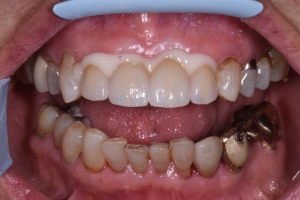
At the insert appointment, the provisional restoration was removed, the preps were cleaned, and the restoration was tried in. After assuring the fit of the restoration, it was cleaned with Ivoclean, loaded with ACTIVA BioACTIVE-CEMENT, and seated (Figure 3). The restoration was initially flash cured to set the excess cement to the gel-like set. The excess cement was then very easily removed (Figure 4). The bioactivity and the ease of use of ACTIVA BioACTIVE-CEMENT make it an excellent choice, not just for geriatric applications like this, but also for many other indirect restorations where recurrent caries is a concern.
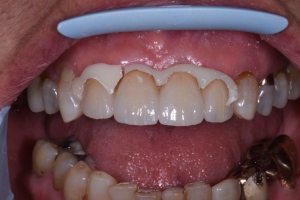
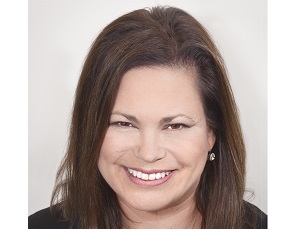
About Dr. Susan McMahon
Dr McMahon, an University of Pittsburgh School of Dental Medicine graduate, is in private practice in Pittsburgh and at University Dental Professionals in Chicago. She is an accredited member of the American Academy of Cosmetic Dentistry, the American Society for Dental Aesthetics, and a fellow in the International Academy of Dental Facial Esthetics. She is the Director of Product Evaluation for Catapult Education and a member of Catapult Speaker’s Bureau. She can be reached at 412.298.2734 or [email protected].


